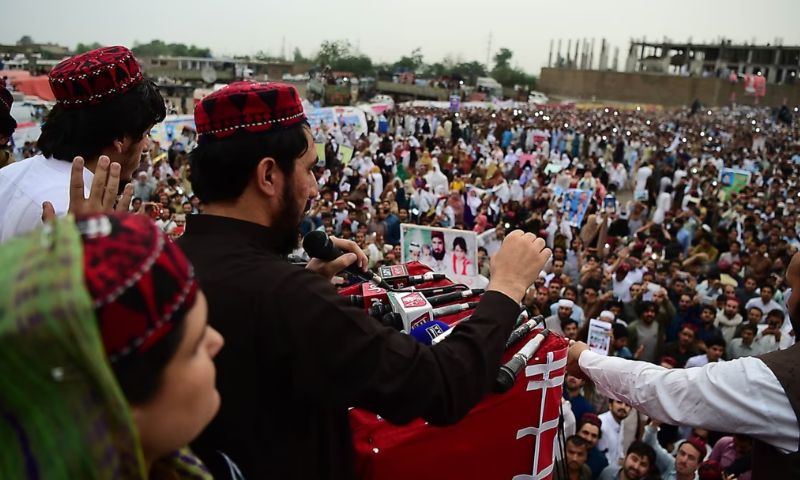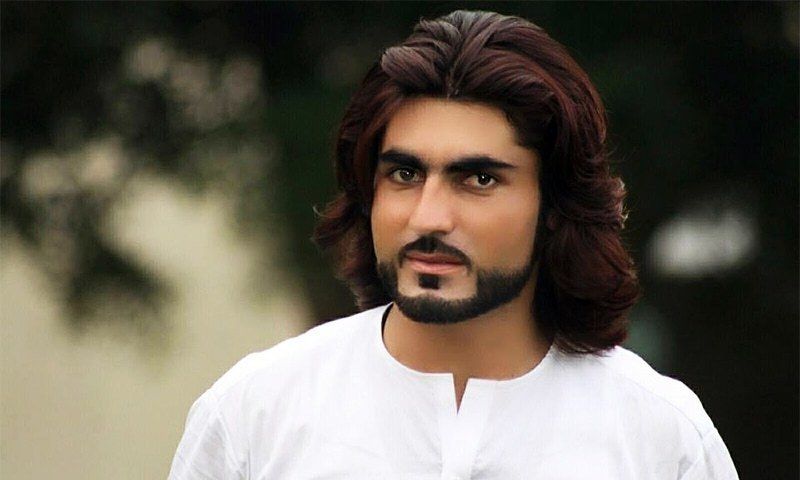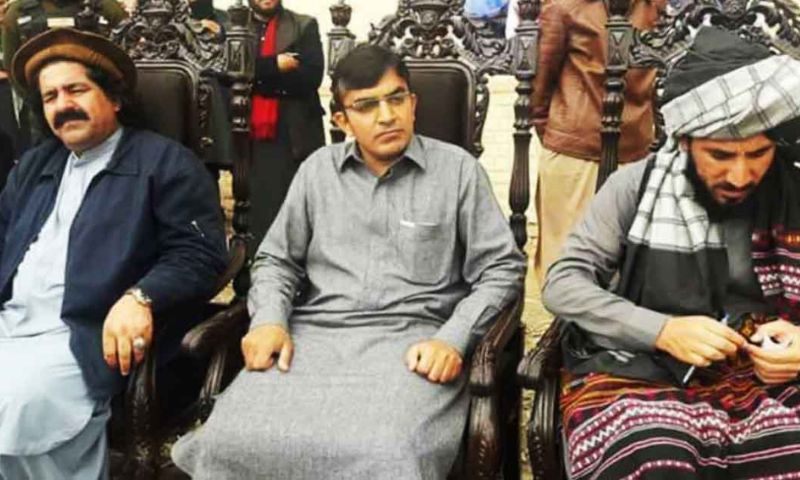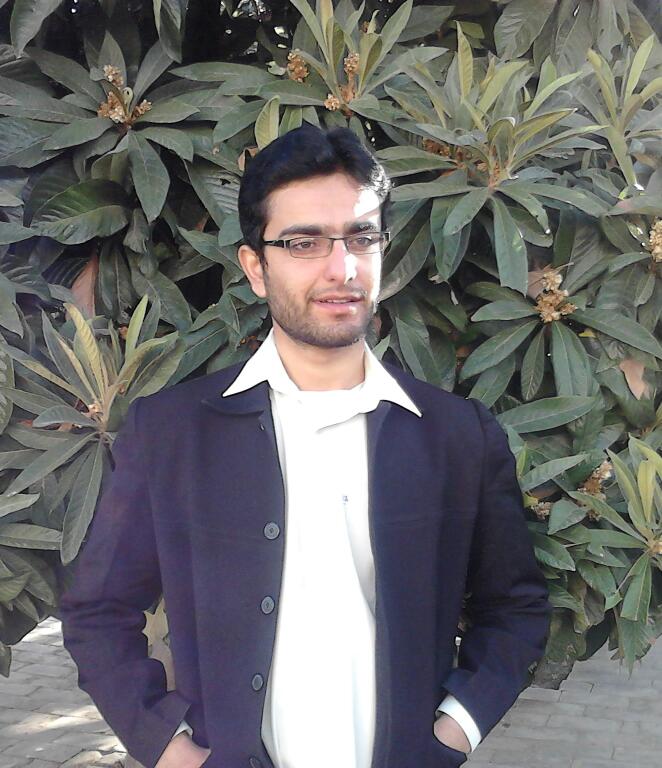Pakistan has been an ethnic quagmire. The quest for provincial autonomy is symbiotic with ethnonationalism movements. Some movements have taken up right causes like devolution of power to the provinces whereas some have been sloganeering for separatism. With the passage of time, these movements vanished or were replaced by new movements and fresh demands. The case of Pashtun Tahafuz Movement (PTM) is unique as it has had a transborder agenda that has created panic among the policy makers in the center. PTM, has raised the voice for Pashtuns in Pakistan and Afghanistan during the US led war on terror.

The movement was launched by students at Gomel University in May 2014 who were from Mehsud tribe primarily belonging to South Waziristan. It was an indigenous response for the fight between the Pakistani military and terrorist organizations, especially the TTP. The students raised the concerns that the local population was the actual victim of the war on terror. The modus operandi of mobilizing the local community was traditional – door to door campaign – convincing people to stand against the war on terror itself. The movement got popularity in the local community simultaneously inviting wrath of both the terrorist organizations and the Pakistani military.
The movement was restricted to the FATA area until its watershed moment arrived when Naqibullah Mehsud was extrajudicially killed in Karachi in January 2018. PTM got an opportunity to nationalize a local cause and mobilize the Pashtun community throughout Pakistan. The leadership of PTM, that was still unknown and young, got national and international attention when it launched a long march from Dera Ismail Khan to Islamabad. The organizers of the long march were pacified by the government after assurances that their demands would be fulfilled including formation of a truth and reconciliation commission.

The PTM movement began with peaceful sloganeering invoking constitutionalism and adopted non-violent means to raise its voice. The voice for Pashtuns was convincing as the movement had raised genuine concerns and miseries faced by the local Pahstuns. It got the attention of human rights organizations in Pakistan and abroad alike. The anti-establishment voices, all over Pakistan, including the leftists and liberals sided with Manzoor Pashteen, the leaders of PTM. The state of Pakistan has no answer to the movement until the movement embraced politically challenged figures i.e. Mehmud Khan Achakzai and Ali Wazir.
The government of Pakistan Threek-e-Insaaf (PTI) in Khyber Pakhtunkhwa (KPK) from 2018 to 2022 overshadowed the PTM movement. PTI not only mobilized the local Pashtuns for political and electoral gains but also dragged the hardcore anti-establishment voters away from ethnocentrism. PTM leadership found itself at dagger drawn with the PTI leadership. The declining face of PTM further forced its leadership to stand by the anti-PTI political forces. Thus, a social movement entered into a political struggle giving a raison d’etre to the state authorities to pose the movement as politically motivated.

Regardless of the fact that a social movement like PTM is political or social, the tribal areas of Pakistan have been mismanaged by the state of Pakistan. In the age of the nation state system, it will be a surprise for any modern man to imagine that a certain area in a nuclear powered state is administered by tribal rule like FCR. A decades-long negligence on the part of the state to rule the FATA region indirectly is a political crime. Since the FATA region has been mainstreamed and merged with KPK, it will take a decade to make the people adjust with new arrangements. However, new arrangements might prove useless until the locals are political and administratively empowered through local body elections.
The state has no direct response to ethnocentric movements but political space for regional and national parties. Ethnic movements in Sindh have weakened because political parties like Pakistan Peoples Party (PPP)Pakistan Muslim League Functional. These political parties have not only overshadowed the space for Sindhi nationalists but also contributed to the strengthening of the federation. Therefore, any ethnocentric movement that might pose a direct threat to the federal character of a state, can be challenged by political parties with national political agendas.
Shrinking political space for political parties in the federating units will create space for ethnic and separatist movements that will damage the state in the long term. The sudden exposure of Manzoor Pashteen on the political scene and wavered response by the state authorities will open a new pandorabox of state vs ethnicities. In Pakistan, there is a very thin line between the provincial autonomy and ethnocentric sentiments which can be kept dormant by political space and responsibilities through devolution. If this space keeps shrinking, ethnic movements with a social face might turn into political movements aggrandizing the agenda of separatism in Pakistan.























